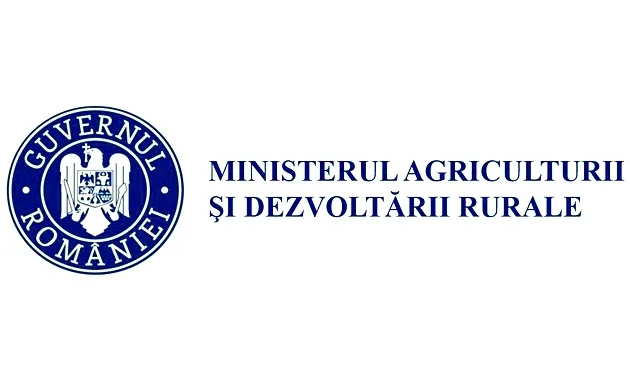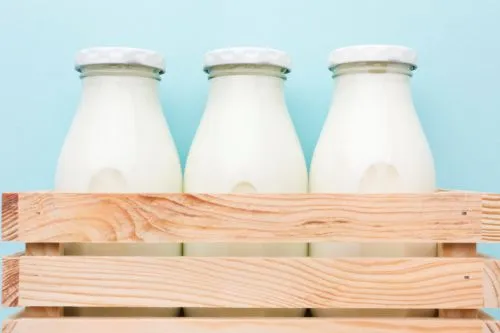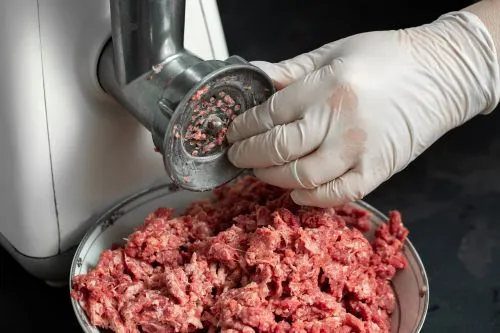
"We are ready," said Thomas Dohse, director of interpack. "All our exhibitors and partners are prepared to offer the industry another great trade fair," and that's exactly what happened.
After a six-year break, Messe Dusseldorf's exhibition halls showcased numerous innovations for all areas of use: food, beverages, confectionery and bakery products, pharmaceuticals, cosmetics, non-food and industrial products.
As requirements and framework conditions are constantly changing, the focus was on digital technologies and sustainable products and processes. "We clearly see the industry's strong determination to actively shape this transformation process," Dohse continued.
Companies from around the world
From Europe to Asia, Africa to America, and Australia, exhibitors from interpack 2023 came from all five continents. In total, over 60 countries were represented. This made interpack the best place to meet potential partners and customers and expand international business.
The leading exhibiting countries were Germany, Italy, China, Turkey, India, the Netherlands, the USA, France, Spain, Switzerland, and the United Kingdom. Key players such as IMA Industria Macchine, Coesia Group, Syntegon Technology, Marchesini Group, Sollich, Duravant, Aasted ApS, MULTIVAC, OPTIMA packaging group, and Ishida Europe Limited occupied the largest areas. In total, over 2,700 exhibitors participated.
Record number of exhibitors in the packaging sector
With over 1,000 exhibitors, the packaging sector at interpack is a mega trade fair on its own. Never before have so many companies showcased their products in Halls 7 and 7a, 8a, 9, and 10, with a focus on packaging materials, packaging consumables, and packaging auxiliary equipment.
All common materials and products of the packaging market were presented here. As a cross-sectional area for all target visitor groups, these halls and floors, totaling six, were of central importance and reflected the innovative power of the industry with numerous product unveilings.
Many things happened, especially with sustainable materials and renewable raw materials. For example, bioplastics that are biodegradable or bio-based, such as those made from sugar cane, palm leaves, or corn, could be seen at the fair.
Additionally, in particular in Halls 8a and 9, besides solutions made from paper, cardboard, and carton, there were new sustainable materials in numerous variations with a focus on durability.
Plastic packaging, which holds the largest market share, is still of great importance, especially for product safety and shelf life. Here, too, there are new approaches towards a circular economy, such as recyclable films, mono-material solutions, and the use of recyclable materials or reusable packaging.
The increasing digitization of the industry also leads to new developments in the packaging sector. Examples in this regard are digital labels, smart packaging, and packaging with QR codes.
Four hot topics illustrate the trends
Developments in the packaging sector illustrate the issues at the forefront for the processing and packaging industry and its customers as a whole. Megatrends such as sustainability and digitization, numerous economic and ecological as well as political and social changes and challenges are of concern to companies and provide an impetus for innovation at this year's interpack.
The circular economy was a top issue: it seems like a simple model, but it is comprehensive and poses major challenges in many areas. In the era of climate change, it is important to produce as little non-recyclable waste as possible. Hand in hand with this goes the need to conserve resources.
Therefore, interpack showcased sustainable processing and packaging solutions, as well as digital services that contribute to the efficiency and sustainability of production processes. For example, the focus is on reducing the carbon footprint of packaging throughout the value chain, improving energy efficiency, and emphasizing the increasing importance of reusable materials, which will help the industry optimize resources.
When it comes to transformation processes, little can be done without digital technologies. Big data, augmented reality, and remote machine maintenance have long found their way into assembly workshops and fleets of machines.
For instance, the Fraunhofer Institute for Process Engineering and Packaging provided information on virtual reality-based digital training systems in the VDMA Technology Lounge in Hall 4. Technologies such as Holy Grail 2.0, RFID, NFC, and augmented reality will also continue to grow in the future.
The fourth hot topic at interpack was product safety, one of the fundamental tasks of packaging. The industry is already making a significant contribution to reducing food waste, and digital technologies are essential in this regard.
Inspiration from new special offerings
The exhibition program was complemented by numerous special programs, such as the Spotlight Talks & Trends lecture forum with seven themed days, the interpack Start-up Zone, the Co-Packing joint stand, several award ceremonies featuring interesting packaging innovations, the SAVE FOOD Highlight Route with new approaches to combating global food loss and waste, and the promotion of women at Women in Packaging and Late Night during the day at the Tightly Packed TV studio.
"Every part counts" was the motto of the component event, which once again took place in parallel with interpack in Hall 18. Here, machine parts and accessories, automation systems, and packaging material components were presented on approximately 2,400 square meters.
The approximately 80 exhibitors support companies in the packaging sector and related process industries in achieving goals such as increasing efficiency, saving resources, and digitalization.
Efficient networking: live and digital
Finding the right solution for one's own business was made possible through interpack Matchmaking. The business matchmaking platform connected exhibitors with visitors before, during, and after the event.




